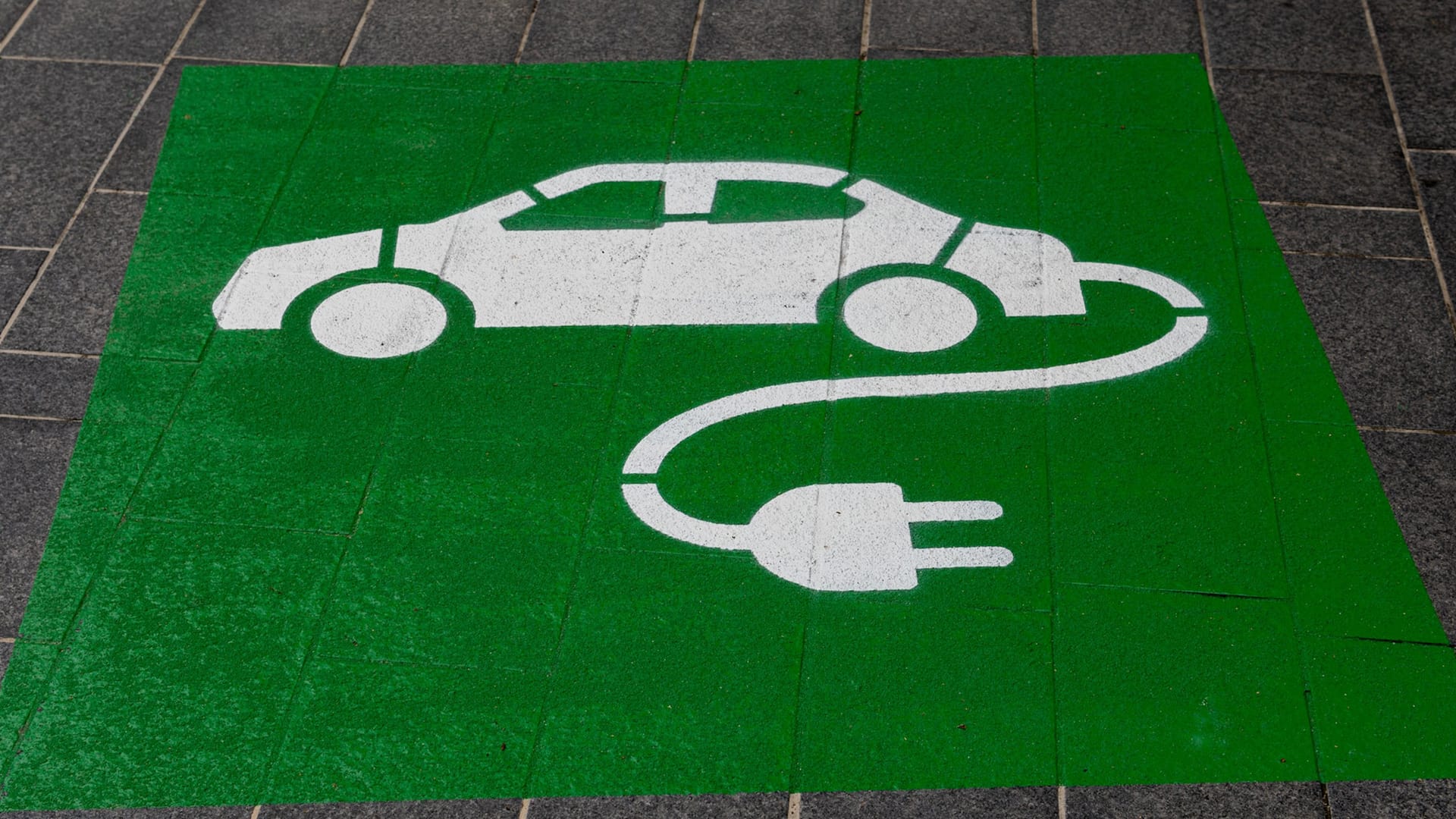- cross-posted to:
- technology@lemmit.online
- cross-posted to:
- technology@lemmit.online
A mother used her EV to power her son’s dialysis machine amid storms and a blackout | Electric vehicles with bidirectional charging can be life-saving, especially in times of power cuts and natural…::Electric vehicles with bidirectional charging can be life-saving, especially in times of power cuts and natural disasters.
Forget just cars, cities should have battery stations all over town for whatever emergency reason. During a network outage, they just take your credit card on faith and settle accounts once the bank networks are up again.
Small scale power generation and storage should be the future.
It’s a fuckton cheaper to have 1000MW batteries than one huge 1GW battery.
Better for reliability too.
Maybe. But you gotta factor in maintenance and replacement costs. There’s a reason consolidation happens, and that’s because it’s cheaper to maintain one big thing with fewer people than to keep a system operational that has lot and lots of little parts.
I agree with you, a distributed system with more failsafes and backups seems like a far better idea for infrastructure continuity and security, but business doesn’t see it that way.
One answer could be to croudsource it. A mesh network of generative and storage nodes, like someone with solar and a home battery, but large enough to backfeed as needed. Perhaps on an hoa/neighborhood scale. If it could be incentivizes and achieved without undercutting the grid then it could eliminate the need for peaker plants
That would be helpful, however knowing people they’d unplug their shared car battery and save it because “me first.”
What? No. Economies of scale don’t work that way. For example, rooftop residential solar is substantially more expensive than a big field of solar, or putting them on top of large industrial buildings. Labor costs hit residential solar much harder.
Depends on the grid. If the lines and transformers are already used close to their limit, more smaller buffer batteries and smaller solar installations, closer to the user, could be more efficient and not require grid adjustments. The closet to the user, the less grid adjustments are needed.
Industrial roof solar should be standard in any new building by now. Companies need the power in the day and it can be used without even needing to use the grid.
It’s pretty common in developing countries. Growing up in India, we had frequent power cuts (not too bad as some other places, maybe like 30 mins in a day). So having backup batteries were pretty common. They’re called inverters colloquially.
We rarely have power cuts nowadays, but they’re still useful during storms and such.
If the storm took down the utility pole 3 blocks away you’re not getting city’s batteries to help you through. There’s a certain charm to distributing reasonably the power storage.
deleted by creator
People use electricity generator in those situations too.
The difference is that a generator you might use every two years is likely to fail when you need it unless you carefully maintain it regularly.
You use your car every day, you’ll notice if it breaks and take care of it immediately.
You use your car every day
Not everyone lives in North America mate
I don’t live in NA either and work from home. I still use my car more often than a theoretical generator
My generator tests itself once a week, automatically cuts over during an outage, and costs ~$200 a year for scheduled maintenance that I can’t be arsed to do anymore at this stage of my life. Generators don’t have to be a huge headache.
How much did you pay for a fancy generator like that?
You can do this with a gas car too?
Cigarette lighter plugs don’t provide the necessary voltages
You buy a plug in power inverter. That’s good for up to 300 watts.
You can also get a pretty big inverter and attach it directly to the battery. A typical alternator can provide about 100 amps, or 1200 watts. In theory the battery could support higher draws for short amounts of time as well if the alternator can’t keep up for a small surge (like a fridge running a cycle). Probably not nearly as efficient as an actual generator, but for occasional one-off usage it works in a pinch.
My EV doesn’t support bidirectional stuff like that, but I’ve got a quick connector on the battery for that purpose. Same concept, but it’s the DC-DC converter doing the work instead of the alternator. Worked great, but of course the power came back on 15 minutes later
A dialysis machine probably uses more than 300W. Idk about other EVs, but my Ioniq 6 can output 1.8kW from each of its 2 outputs simultaneously.
Some cars have them integrated.
Many new cars come with a power inverter built in, if not they are relatively inexpensive
How many american electric cars are cheaper?
I’m not sure, I can only afford old vehicles, I don’t pay attention to new cars prices whatsoever
Dies in turbo diesel and inverter powering 3000watt subwoofers
Dialysis machine requires special prepping of course, but without such requirements I feel ok with a few flashlights and USB power banks. Plus warm blankets. I can get by without my vacuum cleaner or microwave til the power comes back.
It sure is nice to not have all the food in your fridge go bad though, and to be be able to run some fans if it’s the middle of summer, or space heaters in winter.
While I’d prefer better rail and public transportation infrastructure in America, this is a really cool use case for EVs that I’m excited about. See this video for how this works out in the real world
Here is an alternative Piped link(s):
See this video for how this works out in the real world
Piped is a privacy-respecting open-source alternative frontend to YouTube.
I’m open-source; check me out at GitHub.
Would still be a little difficult for people living in apartments. I always think about this when it comes to EVs, and owning “dumb” cars and maintaining them yourself, which I would like to do. My apartment complex has 3 or 4 EV chargers, which are assigned. So you would have to rent the apartment that comes with the EV spot, which I’m sure makes the rent go up by far more than it’s worth. And no way is there room to work on your own car within the assigned spaces. No guest parking either. I guess it’s just more stuff to add to the “cycle of poverty” list
BYD does what Tesladon’t
As much as I like electric cars this could be done with pretty much any petrol or diesel car with an inverter.










